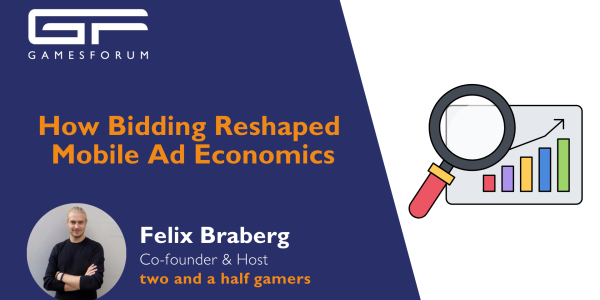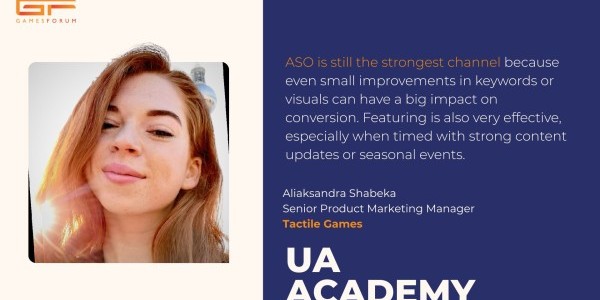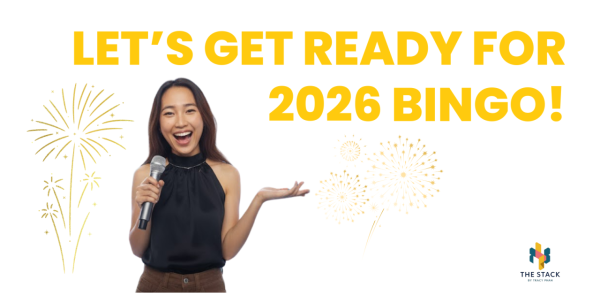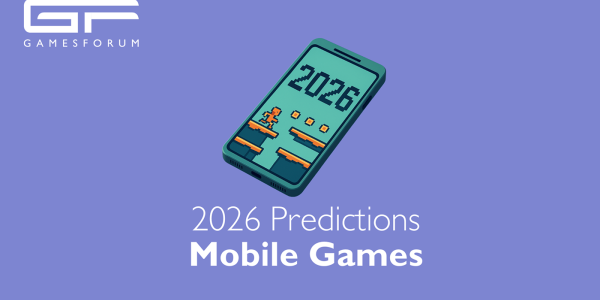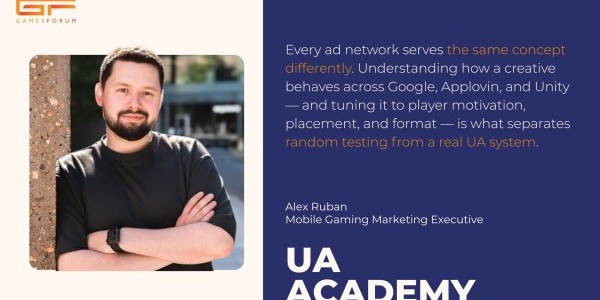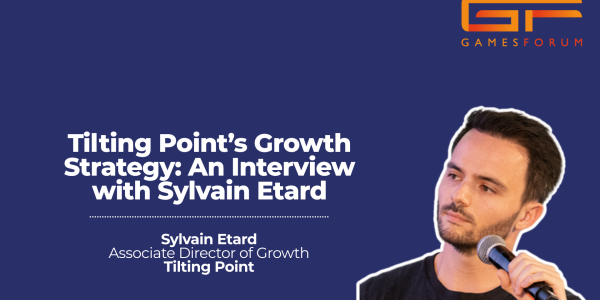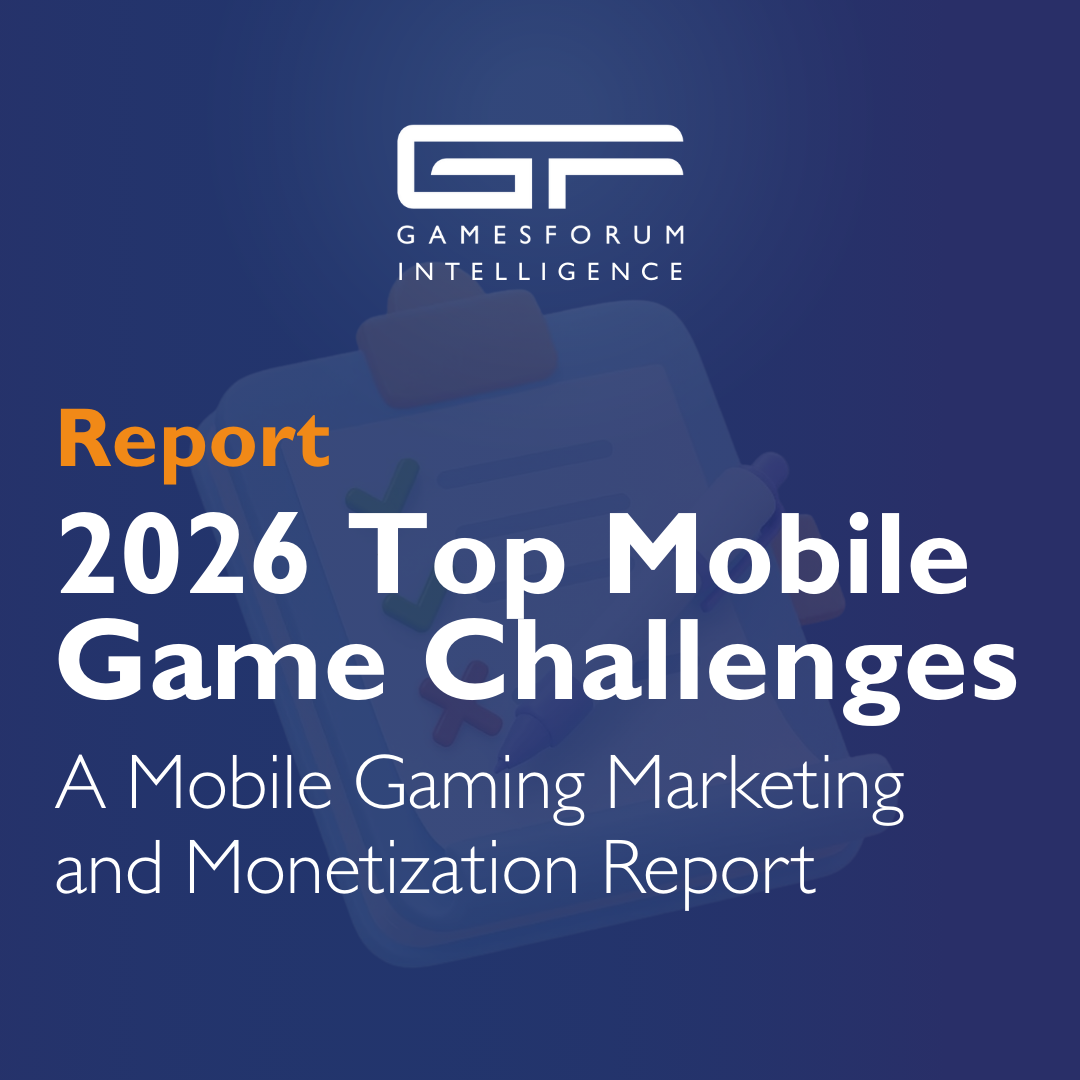Hitapps’ Alexandra Trifonova on Mastering Programmatic Bidding, Ad Templates, and AI-Driven Monetization in 2025
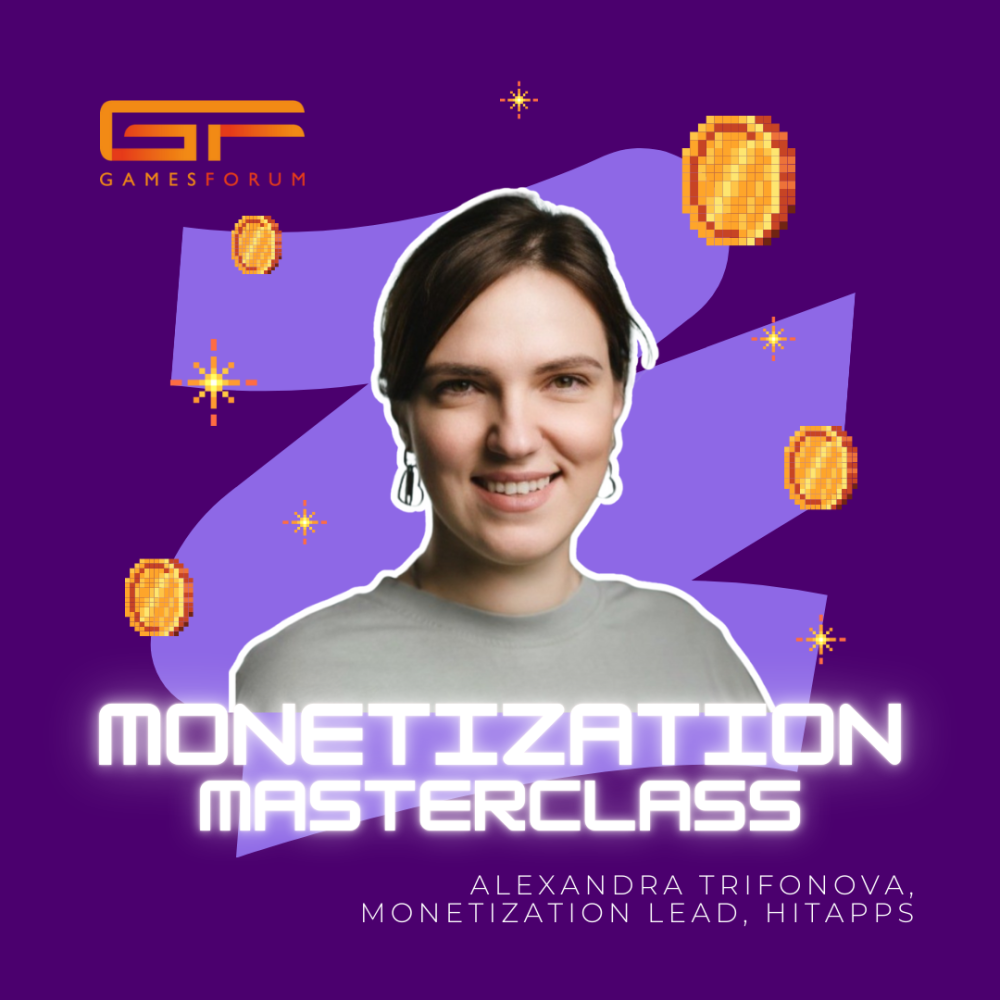
In our latest Monetization Masterclass, we talk to Hitapps' Monetization Lead, Alexandra Trifonova, who shares her expertise on optimizing programmatic bidding, adapting to new ad template standards, and leveraging AI for smarter user segmentation. With insights into balancing user experience and revenue, Alexandra offers a roadmap for developers to thrive in 2025’s competitive landscape.
How can developers optimize their waterfall strategies while transitioning to a fully programmatic bidding system, particularly in the context of casual and hypercasual games?
As I’m constantly visiting conferences and keeping in touch with my colleagues across the industry, I can definitely feel the fear of transitioning to fully programmatic bidding. Obviously, it removes a lot of manual work and constant optimization. On the other hand, you lose certain levers of control—it can feel like you’re on a ship in the ocean without a steering wheel. Still, the worst thing you could do in this situation is to pause or delay the transition. It will happen anyway, so the earlier you adopt, the better.
My recommendation is to ensure that you are partnered with all the high-performing networks in the ecosystem. Make sure the technical setup is running smoothly and efficiently. Additionally, focus on live operations and strategic ad placements inside your game. By doing so, you’ll set a strong foundation for monetization success in a programmatic environment.
What are some common pitfalls during the bidding transition, and how can developers mitigate risks to revenue during the change?
I’ve already mentioned that the faster you adopt these changes, the better. However, always keep in mind that A/B testing is a good idea. Some partners hurry to push their bidding solutions to the market, and sometimes they’re still too unstable. It’s always better to test traditional waterfall setups versus bidding. If the test fails, it’s totally fine—just go back to your previous setup and retest later when a new version of the SDK and adapters are available.
Another common mistake is thinking that once a network is working on bidding, you no longer need to monitor it. Drops in performance, redirects, decreased fill rates, increased fraudulent ads, and ads from sensitive categories can still occur. Make sure you continue receiving reports and analyzing data to ensure that networks are performing at their maximum, both technically and in terms of demand quality.
What advanced segmentation strategies are most effective for balancing ad frequency and player retention in casual and hypercasual games?
If we focus exclusively on IAA monetization (since IAP monetization differs), there are several levels of user segmentation to consider.
At the highest level, you have straightforward factors like GEO, device type, and platform. Most developers are already optimizing along these lines. With the shift to programmatic bidding, the need to maintain separate waterfalls for different GEOs has largely disappeared.
Going one level deeper, you can segment based on user acquisition campaigns. For instance, users acquired through ROAS-driven campaigns will differ from those brought in via CPA campaigns. By observing and studying each group, you can tailor your monetization strategy to their specific behaviors.
Finally, the most granular approach is user-level segmentation. From the moment you start collecting data—such as initial revenue, early impressions, and first eCPM—you can categorize users and predict how they’ll respond to varying ad frequencies. Some users might tolerate more frequent ads without hurting retention, while others will remain in the app longer if you serve fewer, less intrusive ads.
And with the development of AI and ML, these tasks are becoming more commonly used and accessible for publishers of all sizes.
How can machine learning or AI tools be integrated into user segmentation to better predict player LTV and ad tolerance?
As publishers, we can leverage AI and ML for their original purpose—rapidly processing large amounts of data. Essentially, we’re always gathering detailed information about our users and their metrics. Using AI and ML, we can efficiently analyze this data, make accurate predictions, and generate a variety of hypotheses to test, all with the goal of improving and growing our revenue.
All these efforts help us attempt to unravel the black box of how ad networks operate—how they evaluate individual users and determine the eCPM they’re willing to pay.
If you’re unsure where to start, there are many market solutions available. I’ve personally spoken with several startups that specialize in ML and AI-based predictions of user behavior. This makes it easier than ever for publishers of all sizes to adopt these technologies and optimize their monetization strategies.
What are the key factors to look for in network partnerships to maximize ad quality and fill rates in a competitive ecosystem?
When evaluating new monetization partners, we focus on a few key principles:
First and foremost is the demand—its ability to meet our needs and volumes, as well as the quality of that demand. We need partners who can provide high-quality, consistent demand across our ad inventory to ensure sustainable revenue growth.
Second, we consider the ease of integration and the quality of support. It’s important that the integration process is smooth and doesn’t require excessive resources from our team. Strong, responsive support is also crucial to address any issues or optimization opportunities quickly.
Finally, and most importantly, we look at the results. No integration is worthwhile unless we see a confirmed ARPDAU uplift without negatively impacting the user experience. If a partner can’t deliver on this, we won’t move forward with the partnership.
Can you share examples of successful collaborations between developers and ad networks that have significantly improved monetization outcomes?
While I can’t share exact names and numbers, I can say that in an era when everything is so automated, communication is the key. Your account manager is the one who can conduct internal research, offer valuable advice, and highlight new opportunities. Sometimes they can even adjust performance on their side. Building sustainable, trust-based relationships is essential to achieving mutual success.
For example, we once worked closely with an ad network that was initially operating as a custom network. Their support and high level of engagement convinced me to test them on one of our projects. Although not everything was smooth at first, through constant communication and iterative improvements, we achieved an ARPDAU uplift of 5% to 15%. This was a supriced but sustainable increase.
Later, when their bidding solution was released, we were among the first publishers to test it. This early access not only provided a strong performance uplift but also gave us a competitive advantage over others who later partnered with the same network.
You are moderating a panel at Gamesforum Barcelona on high engaged ad templates - can you give us a sneak peek into what you’ll be discussing?
If at the beginning of the year everyone was talking about bidding, by the end of the year the hottest topic is ad templates.
In August, MAX by AppLovin shocked its clients by announcing the standardization of ad templates—now only three types of templates are available. Furthermore, templates are set at the account level and by platform, so you can’t personalize your approach and tailor your monetization strategy and user experience for each individual app. This requires a lot of adjustments.
Then, in October, Google—long considered the most user-friendly with its softer ads—changed its own templates. It appears Google wants a bigger piece of the pie and is gearing up to compete directly with market giants like AppLovin, Unity, and others dominating the mobile app ecosystem. Google’s new templates are even stricter, with a 15-second wait before skipping interstitials, 60 seconds for rewarded ads, and three steps to skip. It looks intimidating, doesn’t it?
On the panel, I’ll be talking with industry experts to find out how they plan to adapt to these changes and determine the best strategies for dealing with standardized templates. We’ll discuss how to maintain user engagement, optimize monetization, and ensure a positive user experience despite these new restrictions.
What changes in ad experience and quality standards are you anticipating in 2025, and how should developers prepare to stay ahead?
I have a strong feeling that 2025 will be the year of balance and new opportunities. While ad networks publish reports claiming that 60-second ads show higher CTR and engagement (which might seem obvious), the biggest publishers will still try to “tame” templates and improve the user experience. At the end of the day, even if you lose a bit in eCPM, you’ll win in the long run.
This approach will balance the needs of advertisers and publishers, preventing long, irritating ads from taking over the entire market. Meanwhile, each network will continue inventing new formats, just like Google did—and we, as publishers, must be fully prepared for these changes.
To stay ahead, developers should:
- Stay Informed: Keep up with policy updates from major ad networks and platforms.
- Use Data-Driven Insights: Leverage AI and ML tools to understand user preferences, predict LTV, and calibrate ad intensity accordingly.
- Focus on User Experience: Test user reactions extensively and find the right balance between revenue optimization and a non-intrusive ad experience.
By proactively adjusting strategies, developers can turn these new standards from a challenge into an opportunity, ensuring they remain competitive and profitable in the evolving mobile advertising landscape.


